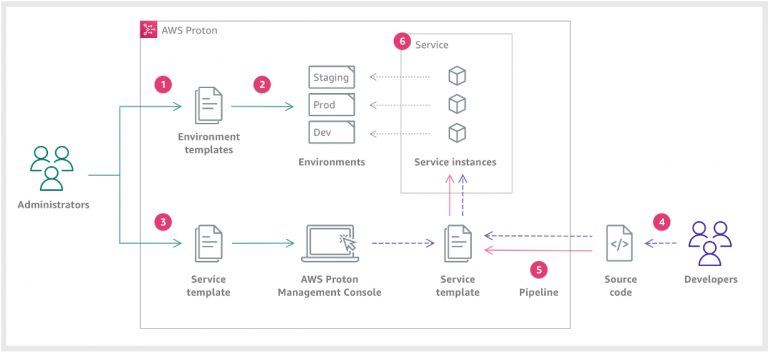Yep, it’s been another day of super interesting announcements at re:Invent today. Once again, we provide our highlights from the announcements.
Inter-region peering
For solutions that need to be global or need protection from the chance of region outages, the ability to natively peer VPCs between regions will be welcome. Until today, you had to manage the inter-region connectivity yourself using VPNs and other infrastructure over the public internet or via a global direct connect solution. Now you can use the AWS global network in a fully managed region-to-region encrypted connection in a manner that is identical to connecting VPCs in the same availability zone today.
So simple yet so powerful.
Alexa for Business

Now you really can shout at the printer!
Today at re:Invent, AWS announced Alexa for Business, changing the way you interact with your office environment. Since forever, we have been limited in the way we interface with digital systems by the technology. As humans, the richest interactions we have with each other are verbal.
Alexa for Business bring voice control to the office. We’ve all had the frustration dealing with setting up the conference call. Alexa for Business aims to simplify that and other office tasks. It ships with integration to office productivity tools like Office365 and G-Suite and to voice solution providers such as Polycom.
We believe this is the start of a revolution in machine interaction, the inflexion point where voice control becomes mainstream.
Cloud9

Being able to efficiently and effectively develop and test code is foundational to every developer. An IDE is the tool that developers rely on.
Today at re:Invent, AWS announced Cloud9, a fully featured cloud integrated IDE that allows developers to write run and debug their code in a browser. The key advantage of Cloud9 is that it eliminates the sometimes cumbersome and painful process of installing tools, compilers and libraries on a local machine before you can even write a line of code. It comes with an execution environment for many languages along with a collaboration tool for good measure.
It goes without saying that it is deeply integrated into AWS. The really cool feature of the integration is that it can spin up an EC2 instance or integrate into your existing EC2 fleet. It also supports development for serverless applications using Lambda.
It’s a very flexible and easy way to concentrate on developing your applications for the AWS cloud without having to worry about the heavy lifting of infrastructure and local development platforms.
Systems Manager
Systems Manager has been a sub-component of EC2 for a while now. This year at re:Invent, AWS have announced an expansion to a full operations management tool that extends beyond EC2. It’s now a top-level service on its own that offers very rounded operational tool for your AWS services.
Systems Manager is a unified tool that simplifies resource operation and management. It supports most of the foundational services including EC2, S3, ELB, RDS, VPC and Route 53 amongst others. Systems Manager brings these together into one console for visibility, providing a health dashboard. It also integrates some of the other tools such as AWS Config and CloudTrail to provide you a view of compliance. From System Manager you can also manage your fleet through configuration management and patching.
It’s a big step up by AWS, simplifying management of your resources in the Cloud.
New instance types
As well as updates to instance classes that offer more performance at a cheaper price point, two announcements that we are particularly exciting about are T2 unlimited and bare metal instances.
The T2 burstable instance are very popular with our customers. They use credit-based access to higher performance to deal with traffic spikes in a very economical manner. Credits are earnt during low traffic or CPU time and spend during the busy periods. With T2 unlimited, you have access to a longer burst period and can effectively borrow credits and pay them back later. It will open up T2 to a whole additional bunch of workloads.
Base metal instances are a very exciting opportunity. AWS are offering access to the underlying hardware but within the AWS environment and therefore with access to the AWS ecosystem including the VPC based enhanced networking and multiple storage offerings. With bare metal, virtually any x86 based workload can be moved to the AWS cloud.
Still can’t get off that legacy Solaris x86 hardware in your data centre? Well, you can now.
Stayed tuned for more from re:Invent and follow the announcements at https://aws.amazon.com/blogs/.
What did you think of re:Invent day 2?
We’d love to hear your thoughts on re:invent. Start up a conversation with us on Twitter, LinkedIn or email.


